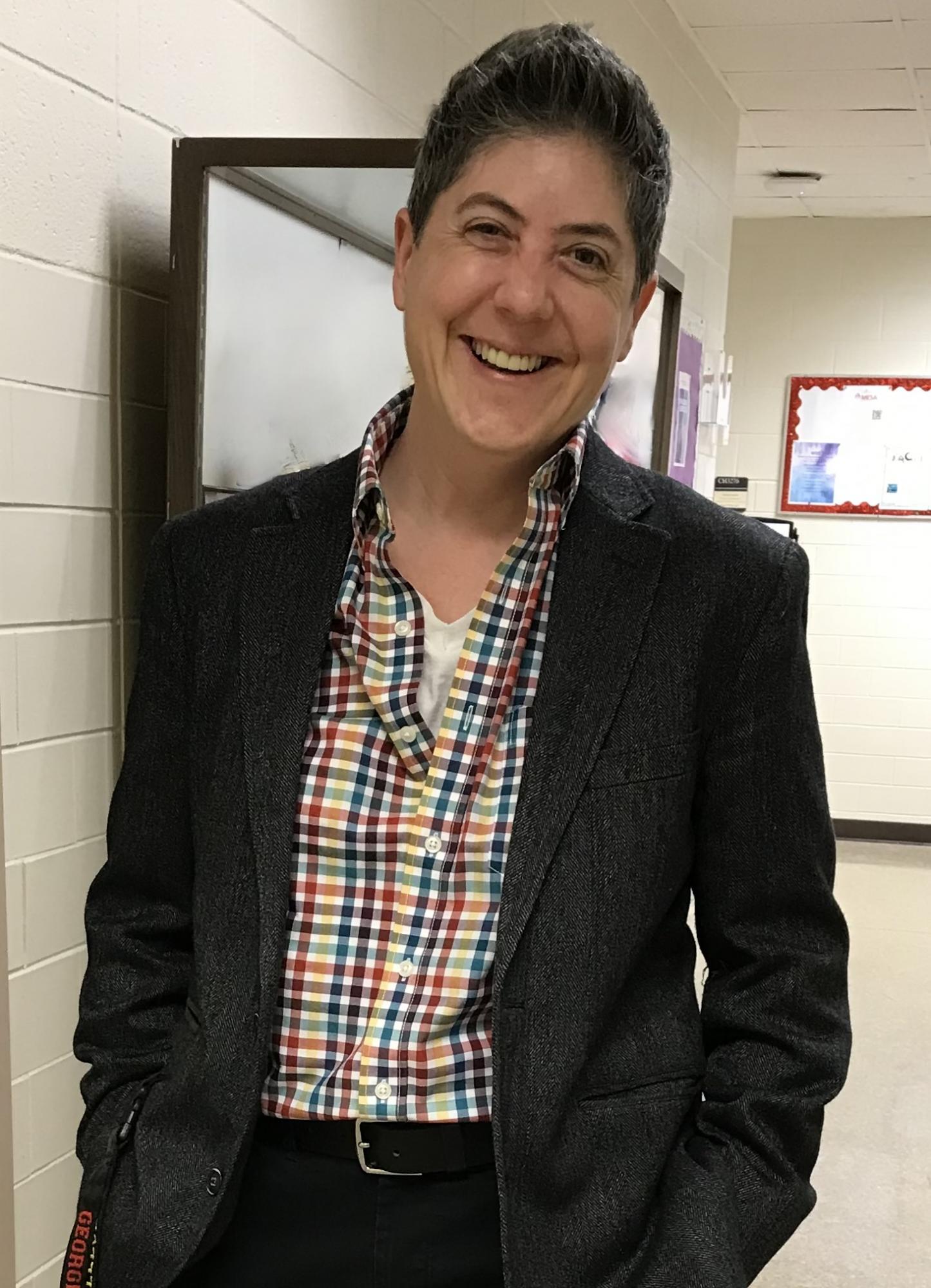
Pacific University has a reputation as a welcoming place for queer students. The number of queer students is higher than at many similarly sized institutions; activities and organizations for queer students are openly celebrated on campus; and both gender inclusive housing and exclusive LBGTQ+ student and ally housing debuted in 2022.
This welcoming reputation didn’t happen overnight. For the past three decades queer students have endured political and social challenges to their civil rights at the state and national levels while moving forward incrementally with the support of staff, faculty, administrators and allies at the university.
Rebecca Weaver ’98 doesn’t consider herself a trailblazer. An assistant professor at Georgia State University’s Perimeter College, she credits those who came before her for paving the way.
One of her most treasured accomplishments while at Pacific University was bringing back the Sign, Shake and Ring tradition, which had fallen out of favor in the 1950s. During orientation, new students once again sign the book of enrollment, shake hands with the President and ring the bell in Old College Hall as they are welcomed to the university.
She also was the first openly gay student body president in 1997 and the first president of the LGBTQ group Rainbow Submarine.
She lived in Walter Hall for three years and recalls her roommate and friends being supportive of her sexual identity. She met queer faculty and their partners and describes her experiences and relationships as confidence building. In her words, she was “out, proud, and fine with doing her thing.”
Still, while she felt accepted at Pacific, Weaver is painfully aware that not everyone had a similar experience, including one friend, who left Pacific early.
“I know there were people in the closet in my dorm, who were afraid to come out for various reasons, and within specific communities I think there may have been way more reluctance to be out,” she said.
“That’s one of the things I think a lot about now, white privilege, and how that guided my path through college. I had privilege that other students probably did not have. There were students I knew that came out years after.”
A Climate of Fear
Oregon’s political scene contributed to a fear of coming out for some. Nationally LGBT+ communities were stigmatized during the AIDS epidemic of the ‘80s, and closer to campus, the ‘90s were marked by attempts to pass a series of anti-gay ballot measures and local initiatives from the conservative group Oregon Citizen’s Alliance (OCA).
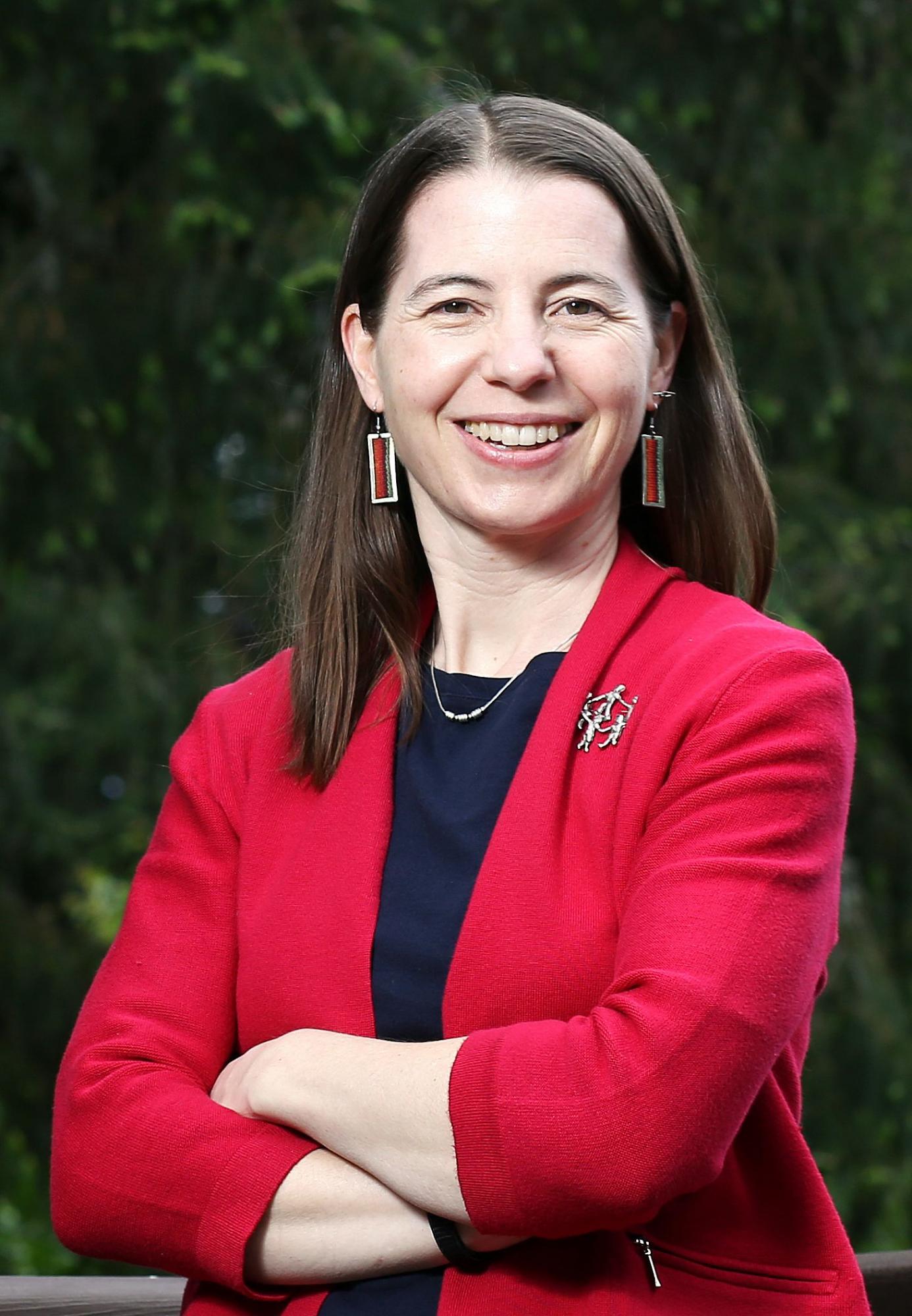
The ballot measures failed, and while some initiatives passed in a handful of counties or cities, they were later overturned by the state legislature. The OCA's largest campaign, Ballot Measure 9 in 1992, galvanized voters on both sides of the issue. The measure sought to ban “special rights” for homosexuals and bisexuals, and attempted to group homosexuality with pedophilia, sadism and masochism in the Oregon Constitution. Pacific’s College of Arts & Sciences and other departments were united in their opposition to Measure 9.
On the Forest Grove Campus, students organized the Pacific Students Against Hate, (PSAH) in spring of 1993 to fight the OCA and its anti-gay measures. English Professor Emeritus Mike Steele served as the faculty advisor. One of the group’s members described the atmosphere on campus as homophobic in a Pacific Index article from April 23, 1993, adding “many students are afraid to be open about their sexual orientation.”
Reed Scott-Schwalbach ’98 remembers the specter of the OCAs 1994 Ballot Measure 13 her first year on campus and being greeted by bumper stickers about marriage being between one man and one woman. Measure 13 sought to deny minority status to homosexuals and would have banned access to information in public schools and libraries, including books written by gay authors. Quite a contrast, she recalls, from the accepting atmosphere at the Quaker high school she graduated from in Pennsylvania, where she was out and accepted.
Scott-Schwalbach, now the president of the Oregon Education Association, describes the OCA measure, which was narrowly defeated, as having a chilling effect.
“I remember this kind of air of caution and fear. It really stood out to me, especially since I was going into education, and the latest OCA measure was targeting teachers,” she said.
She also remembers heightened anxiety on campus another time when prominent guest speaker Kevin Jennings, founder of the Gay, Lesbian, Straight, Educators Network (GLSEN), gave a speech in Marsh Hall. Pacific administrators were extremely concerned about the safety of gay students in advance of and after the presentation. No violence broke out, and she never faced anti-gay harassment on campus.
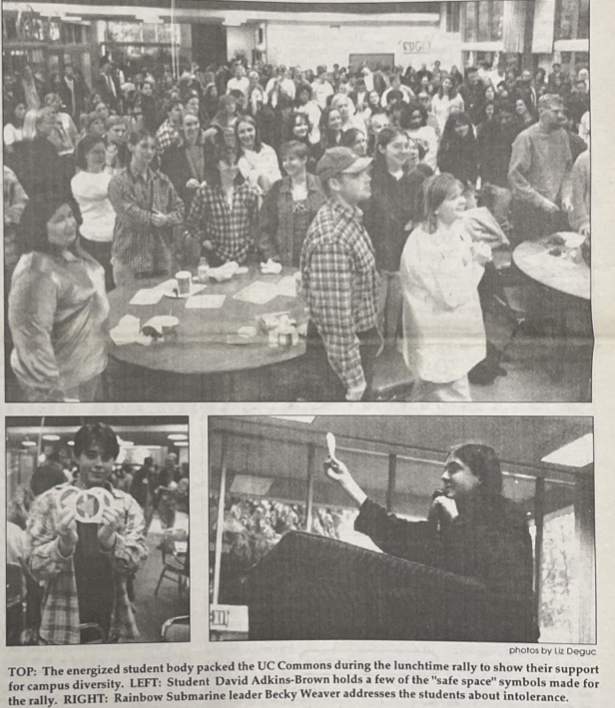
A Pivotal Moment
During the summer of 1996, Rebecca Weaver became president of the Rainbow Submarine, a gay, lesbian, bi, trans, straight group that promoted safe spaces for educational and social activities. The club, which replaced the Alliance, still exists today on the Forest Grove Campus as the Rainbow Coalition.
Less than two months after its inception, the Rainbow Submarine would face its first major challenge.
According to a report in The Index, two homophobic incidents occurred on campus the weekend of Oct. 12 and 13, 1996, during planned activities for National Coming Out Day. A poster was vandalized in the stairwell of Walter Hall, and in Clark Hall someone left hate speech on a corkboard outside a student’s dorm. Weaver remembers the poster advertised ”wear denim if you’re gay friendly.”
Weaver, who was a writing tutor at the time, recalls waking up to a flood of email about the incident from outraged students, school administrators, faculty and staff, which led to an impromptu all-campus rally organized by the First-Year Seminar mentors and the Rainbow Submarine at the Washburne University Center. Scott- Schwalbach created “safe space” stickers, a triangle inside a circle, to share with students. Then-President Faith Gabelnick described the incidents “as a waking up to the Pacific community that there is a lot more that needs to be done to uphold the institution’s commitment to diversity.”
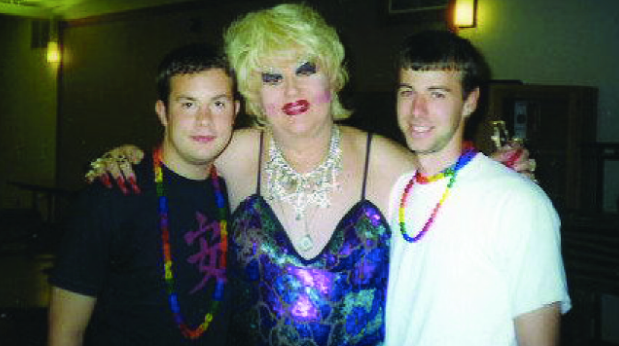
Weaver said she was pleased with the “spontaneous outrage” on the part of students and faculty. The incidents increased visibility and funding for the Rainbow Submarine, which allowed the group to bring other guest speakers, such as author and gender theorist Kate Bornstein and legendary Portland drag queen Darcelle XV.
Feminist Studies Leads to Center for Gender Equity
What we now know as the Center for Gender Equity (CGE) was formed in 2000 as part of a “sister women’s center” with Lady Doak College in India and the university’s Feminist Studies Program. The original name was The Center for Women and Gender Equity. The center launched in the 2001-2002 academic year with Martha Rampton at the helm until her retirement in 2019. Rampton, a history professor with a focus on medieval and gender studies, was also the faculty advisor for the Rainbow Submarine.
The center’s highlights featured a brown bag lunch speaker series, a partnership with the Portland chapter of PFLAG (Parents, Families and Friends of Lesbians and Gays), productions of the Vagina Monologues, bringing the AIDS quilt to campus and a drop-in referral service among other support programs. Over time, the center added Pacific students to the staff as well as an advisory committee of volunteers.
“I was interested in an organization that could advocate for gender equity. We were an advocacy group to a certain extent, but our mission was also to open dialogue, to have discussion and to bring awareness to issues of sexual diversity,” Rampton said.
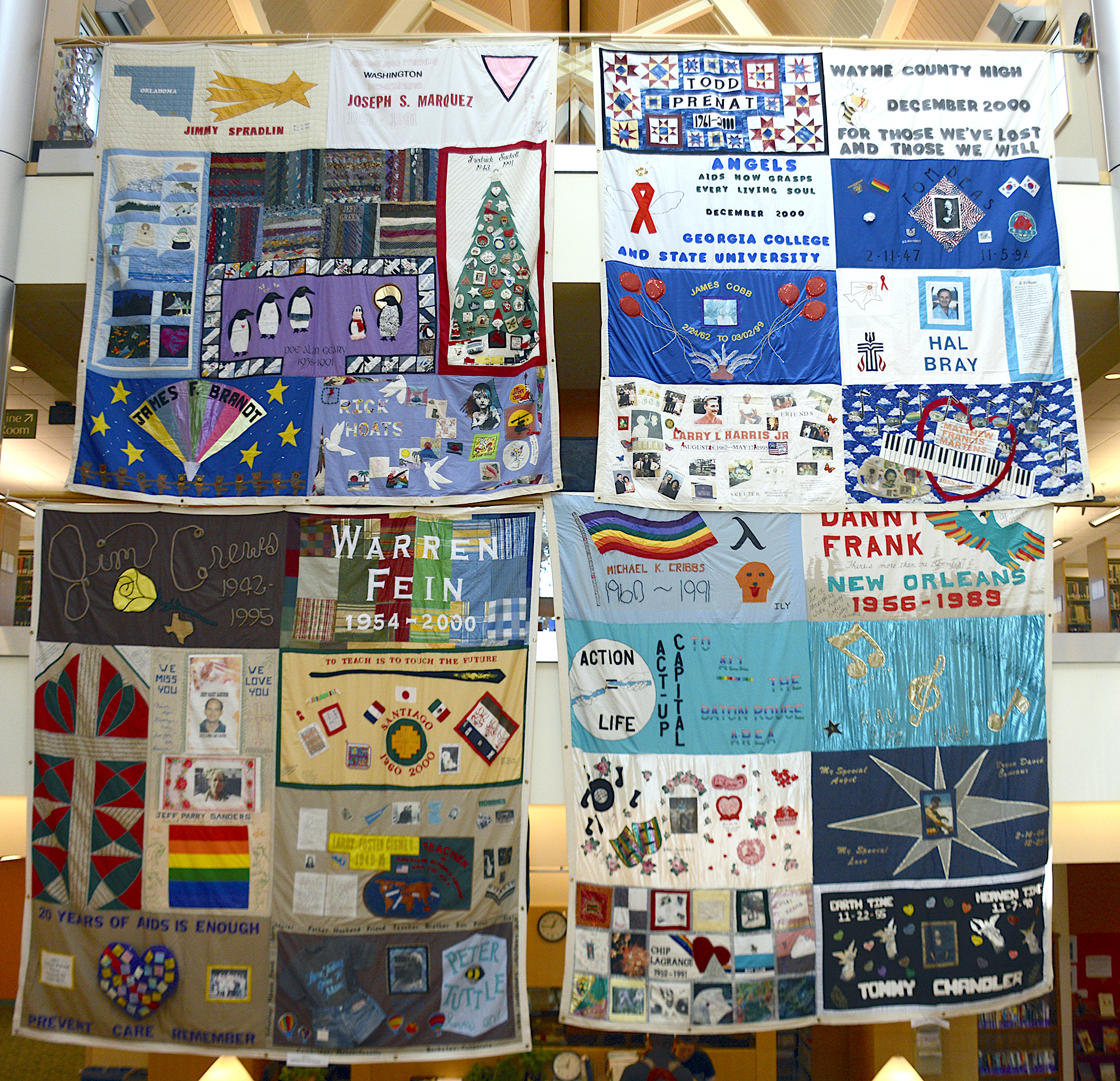
Reflecting on her leadership, she is especially proud of the group’s partnership with various organizations and individuals whose mission is to promote gender equity and advocate for the rights of LGBTQ Americans such as GLSEN, PFLAG, Transactive, and the NAMES Project Aids Memorial Quilt. CGE’s mission is university-wide, and the organization has partnered with the College of Health Professions, the College of Education and the Masters in Social Work program. Rampton recalls one particularly eye-opening presentation sponsored by CGE and the College of Pharmacy about gender-affirming medical care.
That connection with the university’s health professions continues to evolve. Pacific’s Transgender Voice & Communication Program has offered speech-language pathology services to trans clients since 2015. During the pandemic, the program moved to tele practice, which continues to prove convenient for many clients. In-person services are also offered through the Pacific Psychology & Comprehensive Health Clinic.
Looking Forward
In a 2019 campus climate survey, about 32 percent of Pacific University undergraduate students and 25 percent of graduate/professional students identified as asexual, bisexual, gay, lesbian, pansexual, queer and questioning. That’s considerably more than the average rates at other small institutions.
While some students said they were drawn to Pacific’s welcoming environment, survey respondents who identified as queer also were less likely to be satisfied with the campus climate.
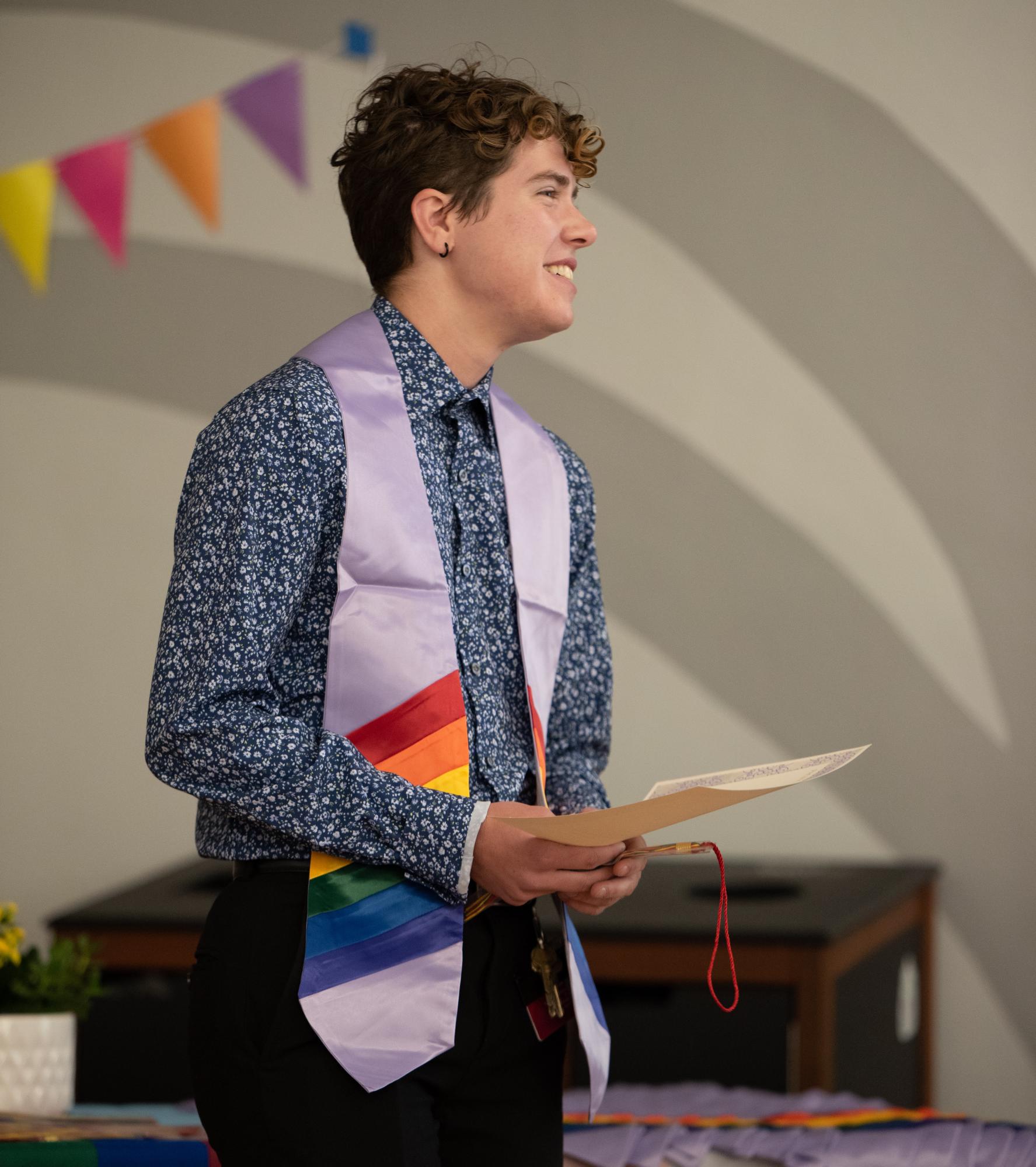 Joey Grafton ’22 led a proposal in March 2021 for improved identity-based housing on the Forest Grove Campus that went a step further than the gender inclusive housing offered since Fall 2016. He also partnered with Student Life administrators to add more gender-inclusive language on the Housing website and its applications.
Joey Grafton ’22 led a proposal in March 2021 for improved identity-based housing on the Forest Grove Campus that went a step further than the gender inclusive housing offered since Fall 2016. He also partnered with Student Life administrators to add more gender-inclusive language on the Housing website and its applications.
While working toward his master’s degree in Pacific’s School of Graduate Psychology, Grafton also collaborated with other campus partners on the Queer Let’s Talk program, an informal drop-in space through the Student Counseling Center, as well as Lavender Graduation and Queer Prom.
In Fall 2022, Pacific opened the Rainbow Wing, an LGBTQ+ affinity residence hall wing. The resident assistant in that wing said the affinity space has helped new students who are trying to fit in on campus feel safer and heard. They’d like to eventually see the space expanded from 15 double occupancy dorm rooms to a whole floor.
The RA added, though, that the biggest challenge has been making sure residents feel safe — on campus and off — especially as they may be struggling with their identity.
One student, who asked to remain anonymous, said they chose Pacific because of the welcoming CGE posters they saw on a campus tour and the opportunity to live in the Rainbow Wing. But, they said, they remain afraid of how their family would react if they revealed their non-binary identity.
Another student said the Rainbow Wing was a selling point for Pacific, but she wishes it was on a quieter floor and had better accessibility for students in wheelchairs.
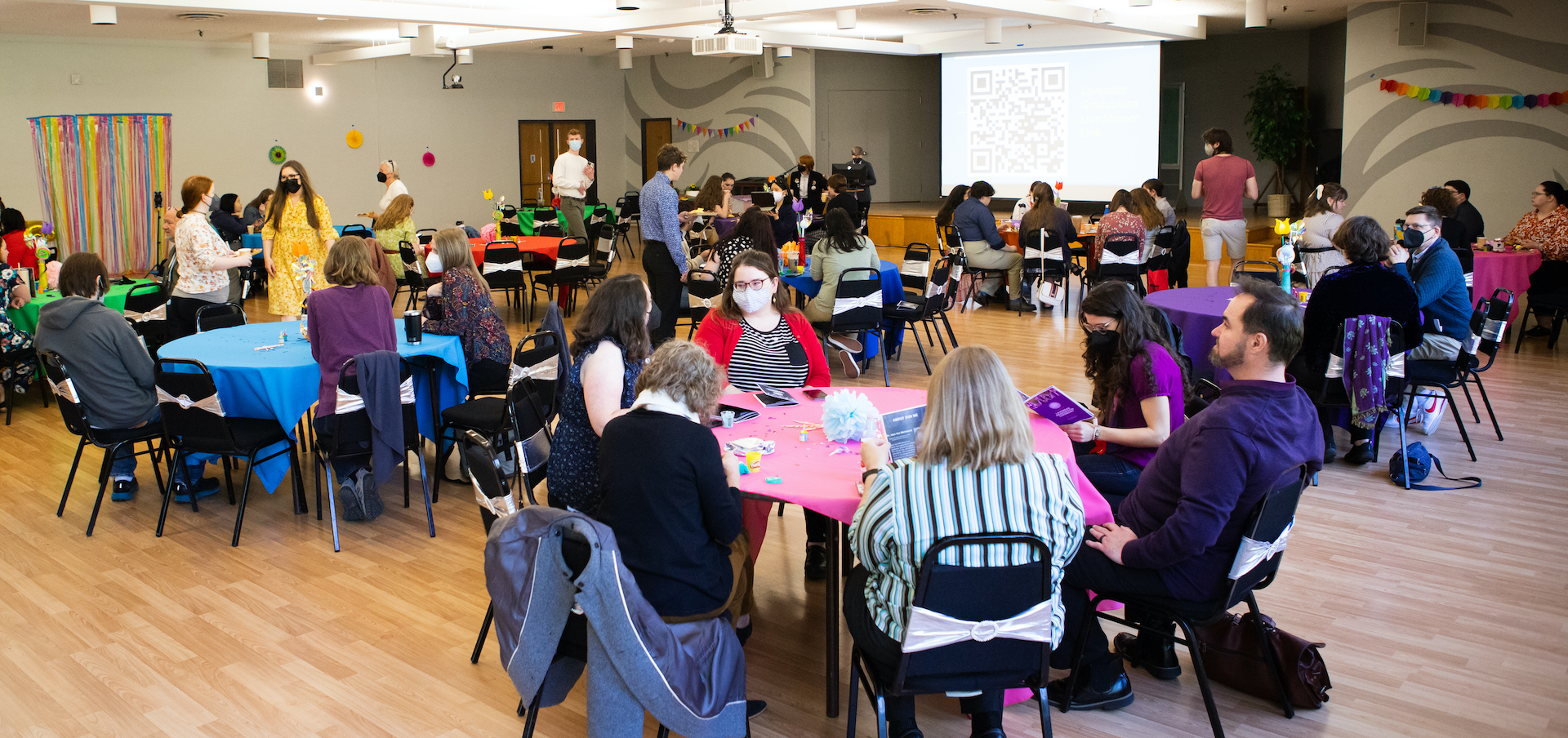
Both students credit the CGE with helping to create a safer environment for queer students. And, they agreed that more work needs to be done, especially so that queer students of color can enjoy the same level of inclusion as queer students who are white.
School of Social Sciences Director and College of Arts & Sciences Acting Dean Jaye Cee Whitehead ’00 says the tensions between students with intersectional identities stems in part from the segmented way students are unintentionally encouraged to find a sense of belonging on campus at the various centers, groups, and clubs.
“It can be difficult for white students to think critically about the privilege that they have, and if they haven’t done the work, then it creates tension with the BIPOC LGBTQ+ community,” she said.
“There are important differences in experiences that need to be acknowledged in different levels of privilege.”
As Rebecca Weaver reminisces about her time at Pacific, she was looking forward to returning to campus for her 25th class reunion. She applauded the university for its new identity-based wing, which is quite a change from the 1990s when co-ed housing meant different floors for men and women in the same residence hall.
She said she was likely to retrace her steps and visit her old dorm, the UC and all her favorite spots. And she might just run into a current trailblazer making a difference for future generations.
Editor’s Note In looking at the last 30 years at Pacific, we recognized that the 1990s were a pivotal turning point for LGBT+ rights in this country. We sought to investigate how the landscape was changed an what that has meant for students and alumni of Pacific. We recognize however, that there is no one story or experience. This journey did not begin in the 1990s and it isn’t over today. Discrimination and persecution persist, and there are countless voices who we haven’t heard. We welcome continued conversation. > pacificmag@pacificu.edu